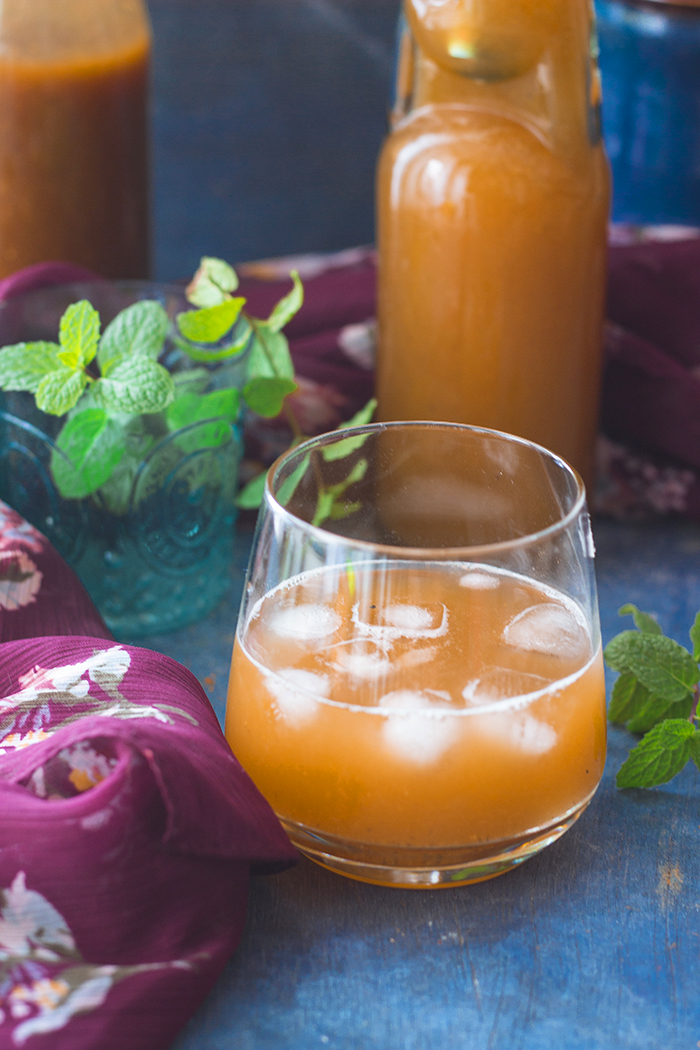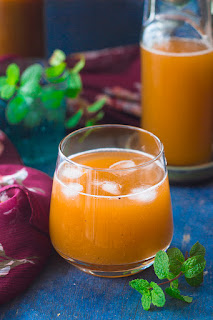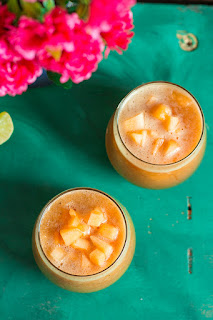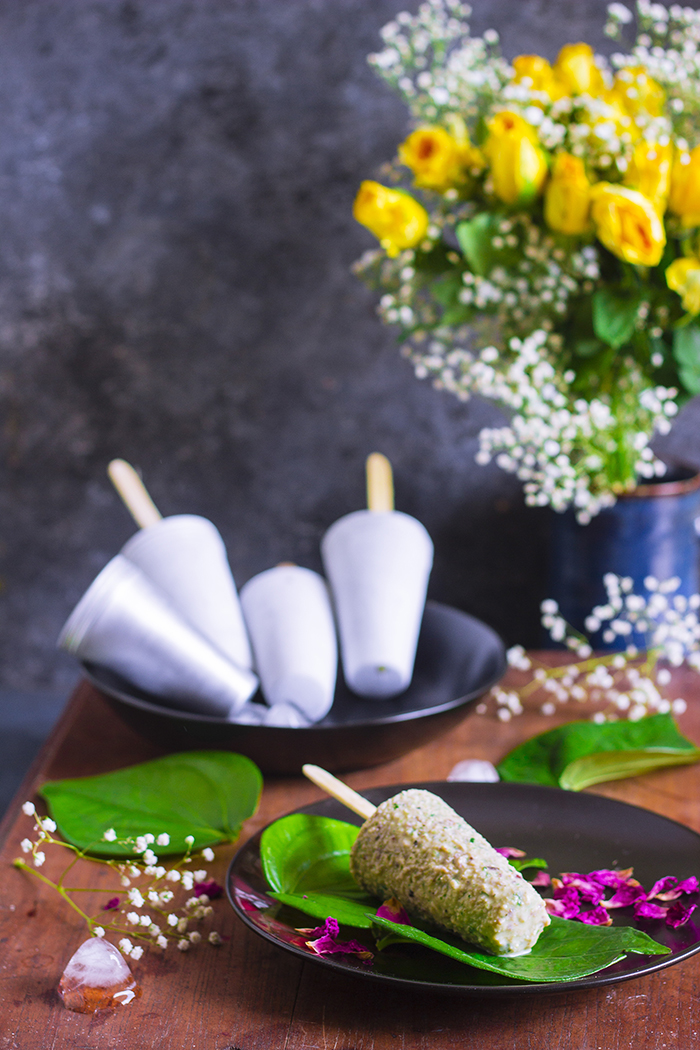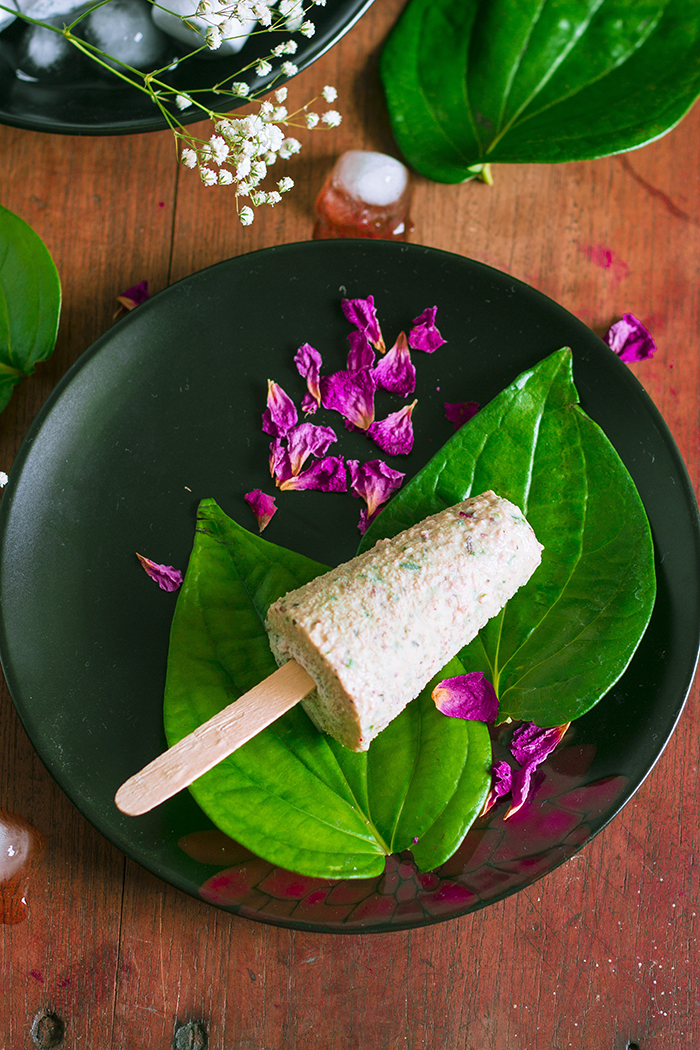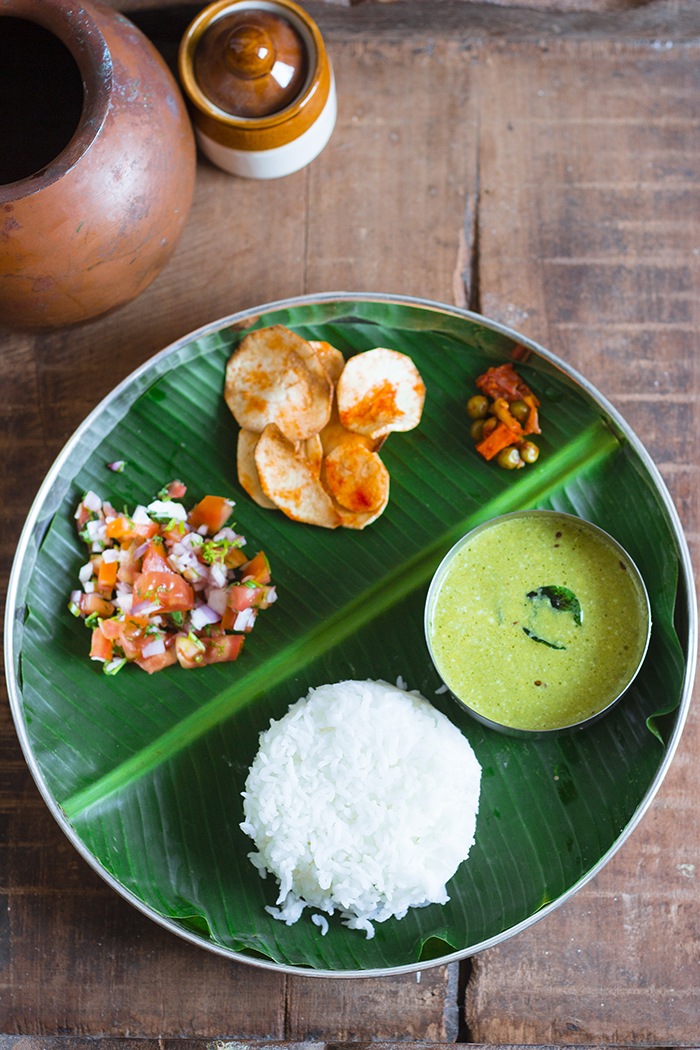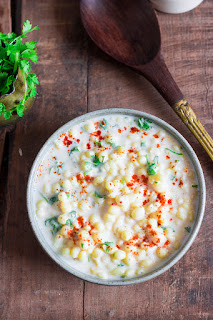A five day car trip across North Karnataka exploring the ancient architectural wonders of Hampi, Badami, Patadkal, Aihole and Bijapur.
If you are an architecture and history buff, then this is the trip for you!!
We traveled across North Karnataka on a heritage trail end of last year in a 5 day trip including driving to and from Bangalore. Karnataka has been ruled by several powerful empires and each of these empires has left a mark on the architectural landscape of the state. From the intricate carving of 5th century temples to the giant domes of 17th century, North Karnataka has a lot to offer. So these holidays instead of visiting the tourist favorites of Bangalore-Mysore, take some time out to go see these ancient beauties.
In our 5 day trip, we covered Hampi, Badami, Pattadakal, Aihole and Bijapur.
This trip is divided across 3 posts, so keep reading. Our itinerary was as follows:
The Kadalekalu Ganesha is a 4.5m tall status of Lord Ganesha with a stomach shaped like a chickpea, hence the name Kadalekalu. The status is in a sanctum surrounded by carved pillars. This is right next to the Hemakuta monuments.
Sasivekalu is Kannada for mustard seed. But this Lord Ganesha statue is nowhere near as small as a mustard seed. It is very huge and the details are very clearly visible even today. There is a car parking right near this monument. Also, if you are hungry, the parking lot has small shops that sell very nice Dosa and Goli Soda. If you are sensitive about the water you drink, avoid these shops. We ate and drank here and no one fell sick. They mostly use RO purified water as the water purification plant is close by.
This statue of Nandi Bull is carved out of a single boulder. It is massive! This is a short walk from the Virupaksha temple that goes through the Hampi Bazaar Street.
If you are walking, you will reach this immediately after the short snacks stop. If you are coming from the Gejjala Mantapa side, you will find this after the Vijaya Vittala Temple. It is supposed to be a place where scales were hung to weigh the king against gold aka "Tulabhara". You can give it a miss.
We parked the car near Sasivekalu Ganesha and walked. Google only allows me to add 10 destinations, so Sasivekalu Ganesha is missed.
We visited it on our way back while exiting Hampi.
This is right opposite to the Lotus Temple. It is small temple dedicated to Lord Rama. We were very tired by this time, so skipped visiting the temple.
There are several other ruins and structures around these areas that you can visit. I have listed down all that we visited.
If you have another few hours, you can also visit the following:
Tungabhadra Dam is the largest Dam in Karnataka. The Dam is located on the outskirts of Hosapete. While you are not allowed on the dam bridge, you can go up to the reservoir and to the gardens. There are shuttles available for Rs.20 at the parking lot that will take you to the reservoir and up the hill and back. We visited this on the day of our exit from Hosapete.
If you are an architecture and history buff, then this is the trip for you!!
We traveled across North Karnataka on a heritage trail end of last year in a 5 day trip including driving to and from Bangalore. Karnataka has been ruled by several powerful empires and each of these empires has left a mark on the architectural landscape of the state. From the intricate carving of 5th century temples to the giant domes of 17th century, North Karnataka has a lot to offer. So these holidays instead of visiting the tourist favorites of Bangalore-Mysore, take some time out to go see these ancient beauties.
In our 5 day trip, we covered Hampi, Badami, Pattadakal, Aihole and Bijapur.
This trip is divided across 3 posts, so keep reading. Our itinerary was as follows:
Day 1 - Travel from Bangalore to Hosapete. Visit Anegundi.
Day 2 - Visit Hampi and TB Dam. Travel to Badami.
Day 3 - Visit Badami, Pattadakal and Aihole
Day 4 - Visit Bijapur
Day 5 - Travel back to Bangalore.
This post, details the first 2 days.
Of all the heritage places in North Karnataka, the most famous one is Hampi. Mythologically, Hampi is also known as Kishkinda, the place in Ramayana where Lord Rama met Lord Hanuman and Sugriva and asked for their help to rescue Sita. Historically it is famous for the group of monuments built during the reign of the Vijayanagar Empire in the 14th Century. Hampi is also a UNESCO World Heritage Site. There is so much to see in Hampi, there are a total of 85 places listed down at Hampi. There are several large and small temples spread across a large area. It will take you a good 2-3 days if you want to explore every little nook and corner of Hampi, but if you are only looking for the main attractions, then you can cover it in one day. But it will be one tiring day. This post is laid out as follows:
- What to See in Hampi
- How to reach Hampi
- Travelling in Hampi
- Where to Stay
- When to Visit
- Where to Eat
What to See in Hampi:
1) Virupaksha Temple:
One of the temples in the entire complex that is worshiped till date. There is the main god and several more smaller enclosures with other shrines. There is a ticket counter at the entrance that sells tickets if you want a closer view of the god. If the temple is not crowded, you can first enter the temple and then decide if you want to buy the ticket. We did not buy the ticket and we didn't feel we missed anything.
2) Hemakuta Group of Monuments:
On the left of the Virupaksha Temple is a hill that is full of temple ruins. There is no deity in any of these structures. You can sit on the giant granite rock and relax, if the day is cool. You can lose sense of time while exploring this area. If you are in Hampi for only one day, we suggest you time yourself at this place, else you may miss out other sites.
3) Kadalekalu Ganesha:
The Kadalekalu Ganesha is a 4.5m tall status of Lord Ganesha with a stomach shaped like a chickpea, hence the name Kadalekalu. The status is in a sanctum surrounded by carved pillars. This is right next to the Hemakuta monuments.
4) Sasivekalu Ganesha:
Sasivekalu is Kannada for mustard seed. But this Lord Ganesha statue is nowhere near as small as a mustard seed. It is very huge and the details are very clearly visible even today. There is a car parking right near this monument. Also, if you are hungry, the parking lot has small shops that sell very nice Dosa and Goli Soda. If you are sensitive about the water you drink, avoid these shops. We ate and drank here and no one fell sick. They mostly use RO purified water as the water purification plant is close by.
5) Nandi or Monolithic Bull:
This statue of Nandi Bull is carved out of a single boulder. It is massive! This is a short walk from the Virupaksha temple that goes through the Hampi Bazaar Street.
6) Yanthrodharaka Anjeneya Temple:
In between the Virupaksha temple and the Nandi Statue, is a road along the river that leads to this unique Hanuman temple. This is apparently one of the only temples of Hanuman where he is carved sitting down rather than standing upright. This deity is worshiped till date.
7) Kodandarama Temple, Surya Narayana Temple, Ranganatha Temple, Vishnu Temple, Pushkarani, Achyutharaya Temple, Varaha Temple
All these temples and sites are around the Yanthrodharaka Anjeneya Temple. While a few of them are worshipped, the others are ruins. You can visit them if you like. At this point, make a decision to either walk ahead until the Vijaya Vittala Temple or return to your mode of transport and reach the other monuments from the Gejjala Mantapa side of the main road through an electric buggy.
8) Sugriva Cave, Purandaradasa Mantapa:
A cave where Sugriva lived apparently. It is not really a cave but a small space between boulders, and can be skipped. It is accessible if you decide to walk to the Vijaya Vittala Temple. A short walk from here leads to an open space where you have a few stalls of sugarcane juice, ice cream, and some North Karnataka snacks. Purandaradasa Mantapa is located along the river right here.
9) Kings Balance:
If you are walking, you will reach this immediately after the short snacks stop. If you are coming from the Gejjala Mantapa side, you will find this after the Vijaya Vittala Temple. It is supposed to be a place where scales were hung to weigh the king against gold aka "Tulabhara". You can give it a miss.
10) Vijaya Vittala Temple:
This is the most famous complex in Hampi. You need to buy a ticket to visit this monument. The ticker is valid for a few more sites, so don't throw it away just yet. The Vijaya Vittala Temple can be reached either by walking from the Virupaksha temple along the river. It is around a 2 Km walk. Or you can take the bus to Gejjala Mantapa and take an electric buggy from there. Vehicles are not allowed around this monument as pollution was damaging it. The Vijaya Vittala temple complex houses the Stone Chariot that is the most photographed structure of Hampi and also found printed on the new Rs.50 currency note. Everyone wants a photo with the chariot, so you may need to wait a while to get the perfect click. The complex also houses the famous musical pillars, access to which is now blocked. You can see them, but are now allowed to play them anymore for the risk of damaging the structure. The complex has several other structures and also a Frangipani tree which some guides claim to be 100-150 years old. If you reached here walking, it is time to get back to your car/auto to see the other monuments.
The route we took:
We parked the car near Sasivekalu Ganesha and walked. Google only allows me to add 10 destinations, so Sasivekalu Ganesha is missed.
11) Ugra Narasimha Temple
This is a damaged status of Narasimha with Goddess Lakshmi sitting in his lap. The Lakshmi sculpture is no more there, only one hand is visible. The Narasimha is also partially damaged but definitely worth the visit. This temple is 350m from the Sasivekaalu Ganesha.
We visited it on our way back while exiting Hampi.
12) Underground Shiva Temple
This temple is called underground because it is below the current ground level. During monsoons or immediately after, the main temple may be filled with water and be inaccessible. It was accessible when we went. There is a Shiva Linga in the temple but the sanctum is dark and houses bats, so be careful not to disturb them. On the way from Ugra Narasimha Temple to this temple there are some more temples and 2 boulders called Sister Stones that can be visited.
13) Public Bath and Queen's Bath
These are structures with sunken baths, one for the public and one for royalty. Aqueducts and canals apparently filled these baths with water. We did not visit these as we were tired, but they are on the way out/in of Hampi and you don't have to go out of the way to visit them.
14) Lotus Mahal
This is a beautiful palace situated inside the Zanana Enclosure. The architecture is very different from what you find around Hampi. While entry inside the Lotus Mahal was allowed up to 10 years ago, it is currently not allowed to protect the monument. You need to buy a ticket to enter this complex if visiting it first, else, the ticket purchased at Vijaya Vittala Temple works here. The complex also has several other structures like the Elephant stables, Watch towers and a few temples towards the back.
15) Hazara Rama Temple
This is right opposite to the Lotus Temple. It is small temple dedicated to Lord Rama. We were very tired by this time, so skipped visiting the temple.
There are several other ruins and structures around these areas that you can visit. I have listed down all that we visited.
Route we took:
If you have another few hours, you can also visit the following:
1) Anegundi
This is a small village across the river Tungabhadra. You can drive across the river to reach it. It is almost 20Km and takes around 45 minutes to reach. Anegundi houses the Anjanadri Hills, known as the birthplace of Lord Hanuman. You have to climb 570 steps to reach the top. The sunset from this point is very beautiful. You get a birds eye view of Hampi from up here. Apart from this, Anegundi also houses the Nava Brindavana, a shrine to 9 Hindu Madhva saints.
We visited this on the day we arrived in Hosapete and had only a few hours before sunset.
2) TB Dam
Tungabhadra Dam is the largest Dam in Karnataka. The Dam is located on the outskirts of Hosapete. While you are not allowed on the dam bridge, you can go up to the reservoir and to the gardens. There are shuttles available for Rs.20 at the parking lot that will take you to the reservoir and up the hill and back. We visited this on the day of our exit from Hosapete.
How to Reach Hampi:
Hosapete is the closest city to Hampi and is well connected by road and by train. There are regular trains and buses from Bangalore to Hosapete. You can also drive down to Hosapete from Bangalore, the roads are mostly good and the drive may take you around 5.5-7 hours. If you are driving on a long weekend or during peak season, be prepared for long queues at toll booths, the highway has several tolls. Very soon the Bangalore-Sholapur highway will be complete and make driving even better.
There are local buses from Hosapete to Hampi. The distance is 13Km and the fares are very cheap.
We drove from Bangalore to Hosapete.
Travelling in Hampi:
There is ample parking at Hampi, in case you are driving. You can park your vehicle right at Virupaksha temple or at any of the parking spaces just before the temple.
Once you reach Hampi, you can either take an auto rickshaw, that will take you to several places giving you time at each of the popular monuments. Auto rickshaws are available around the parking space and you don't need to worry about finding them, they will find you.
You can rent also a bicycle and move around on your own. Bicycles can be rented near the Virupaksha Temple. However, keep in mind that some places can only be visited while walking as there is no motor-able track near them.
An electric buggy/van will also take you from the main road to the Vijaya Vittala Temple.
We drove from Hosapete to Hampi and walked the spots 1-9 marked above.
Where to stay:
Hosapete is the best place to stay. It has hotels for everyone - budget, luxury, family, couples etc. Make sure you book the stay well in advance as Hampi is a popular tourist destination and hotels get full fast. Especially in peak seasons like year end and school holidays. We stayed in Ananya Comforts and loved the place. The hotel has good service and a new restaurant with good South Indian food. There is a small tea/coffee shop outside that we felt was the best tea we found in our entire North Karnataka tour.
Hampi, itself has quite a few resorts that have cropped up in recent times. You can choose to stay here. But keep in mind that Hampi may get pretty lonely after dark.
When to visit:
Hampi has a hot and dry climate most of the year. The weather is most pleasant in December-January. But try to avoid the last week of December as Hampi can get very crowded. Also, a lot of school children are brought on trips around this time and they can overwhelm you with numbers.
Hampi celebrates "Hampi Utsav" usually in November. The festivities include music, dance, puppet shows and processions. It basically showcases the culture of the region. While the festivities are mesmerizing, be prepared to battle crowds.
Unfortunately we visited in December and it was extremely crowded, but the weather was pleasant.
Where to eat:
Hosapete also has several restaurants and eateries catering to all sorts of crowd. Hampi has a lot of small eateries to the right of Virupaksha temple. The South Indian food there is cheap and delicious and there is relaxed seating.
We ate in several restaurants around Hosapete - Naivedyam, Ananya Comforts, Shanbhag Hotel etc and most places will give you decent South Indian food. Also, we ate Dosa in Hampi and it was delicious.
We filled up on goli soda, sugar cane juice, salted fried peas and sunflower seeds, mirchi bhajji, mandakki, buttermilk, ice creams, and bhoochakra gadde while we walked around in Hampi.
Some pointers...
- Hampi is open to public from 6am to 6pm. Plan to start the day early to beat the crowds and the sun. Breakfast is available in restaurants around the Virupaksha temple in Hampi from 7-7.30 am.
- There are lot of monkeys around Hampi, be careful around them. Hang on tightly to your belongings.
- You can hire guides at Hampi, but we did not feel the need. Just read up on the monuments before going or purchase a book near the Virupaksha temple.
- The government tourism counter (KSTDC) is located around the Hampi Bazaar area. Approach them for any help.



















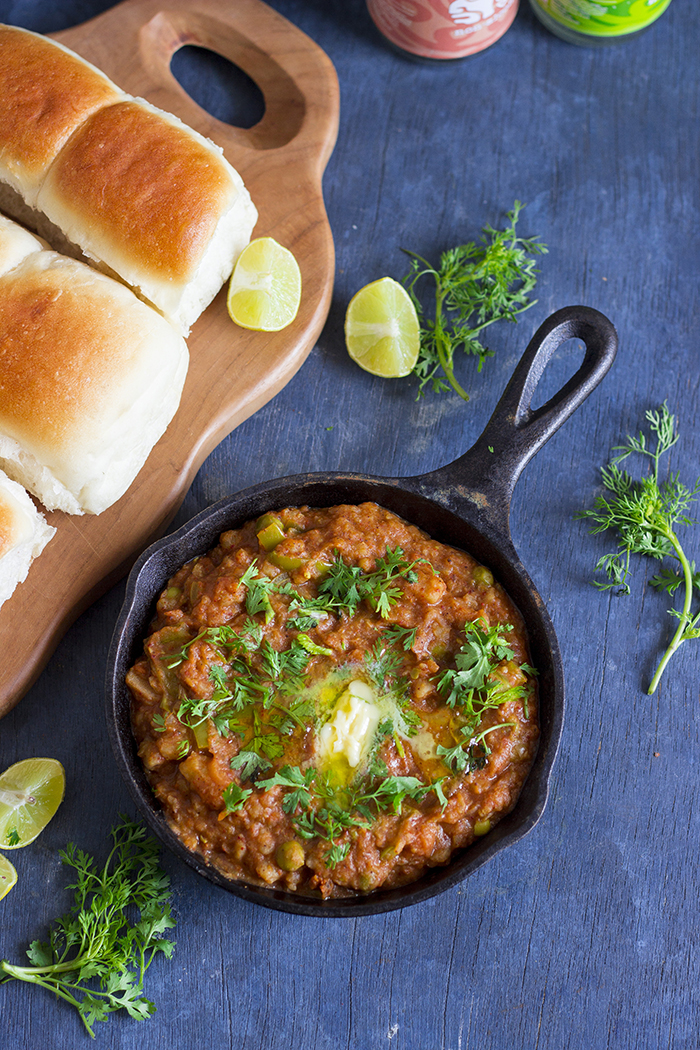
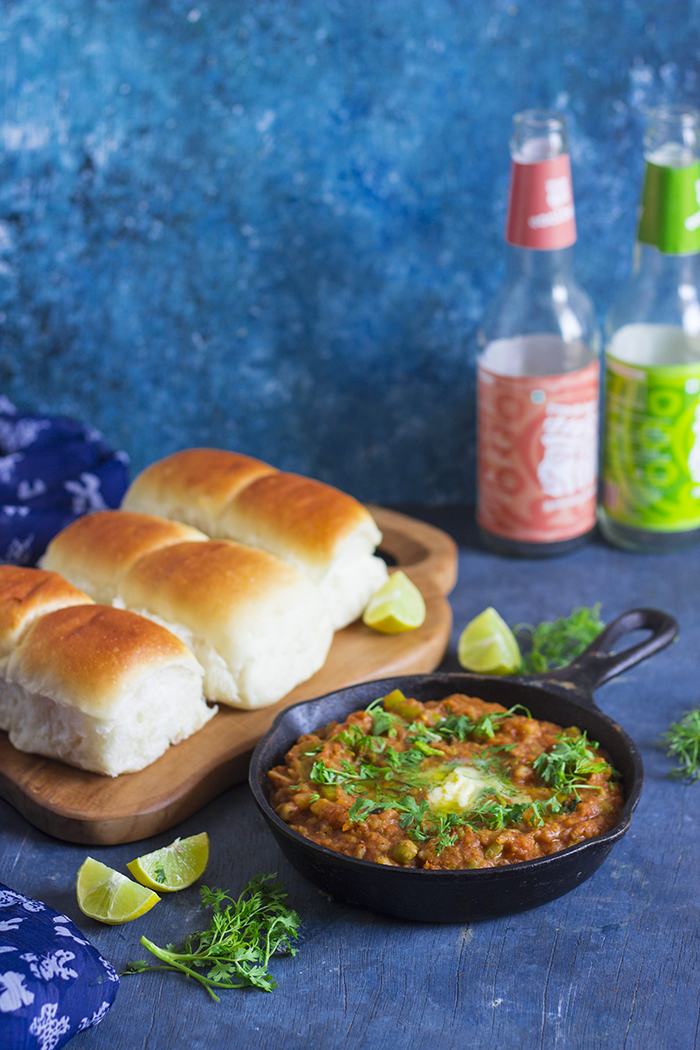
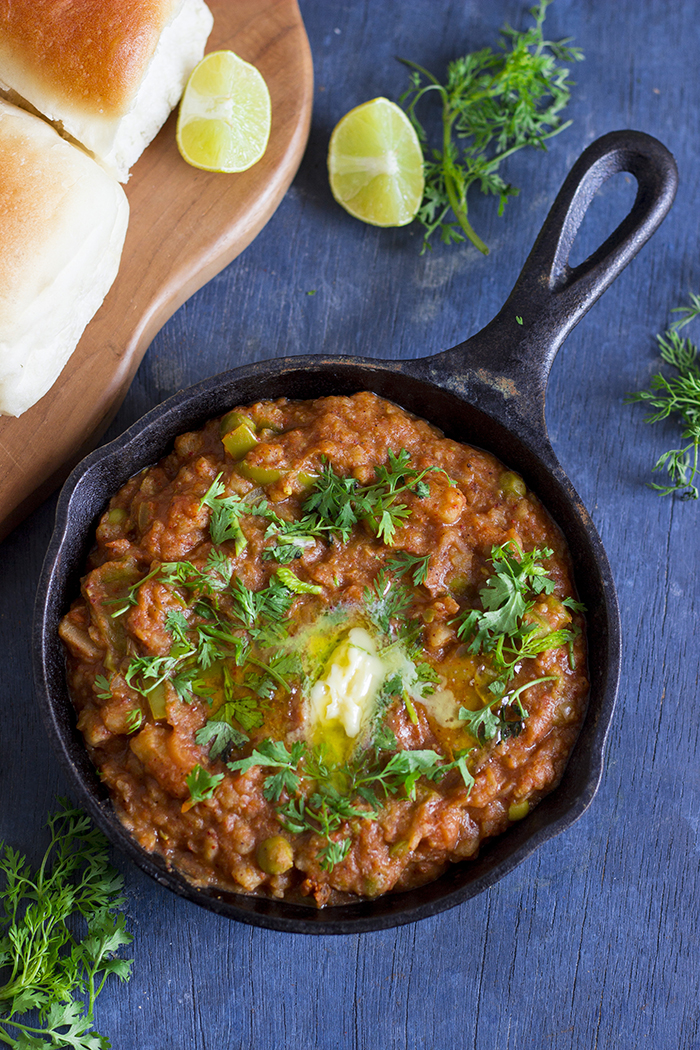



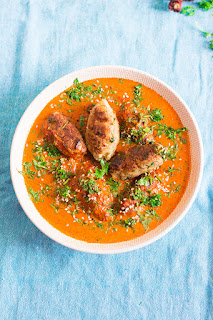
 Mangalore Banana Buns
Mangalore Banana Buns


